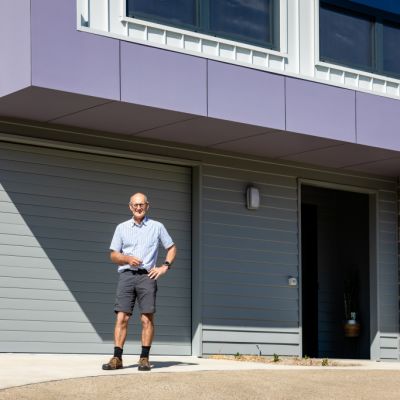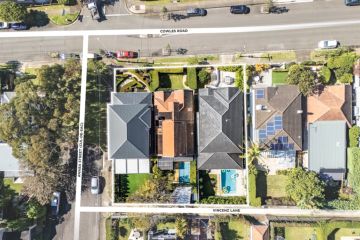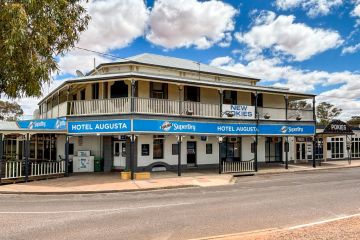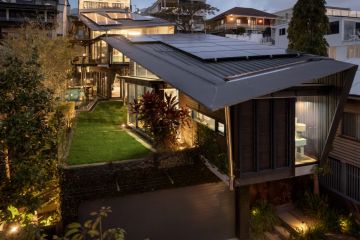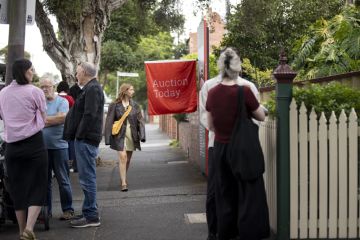To make the ultimate tree change, you have to impress Australia's 'least friendly real estate agent'
In Tasmania, there’s an opportunity for those who love to be surrounded with nature to pick up their very own slice of the Apple Isle for an affordable price, but there’s a catch.
Buyers who want to pick up land through Tasmania Land Conservancy, some of which is listed for sale for as little as $20,000, need to impress Leigh Walters.
The self-described “least friendly real estate agent” in Australia, Mr Walters said those who purchase the property needed to be serious about conservation.
“If you rang me today, I’d ask you what your price point was and what sort of [environmental] values you’re looking for,” he said. “Do you want coastal land, do you want mountain land, how much space do you require for your domestic situation and then I’d point you to a property that matches those features.”
Some of the blocks for sale now are lakeside, nestled in the mountains or on smaller islands surrounding Tasmania.
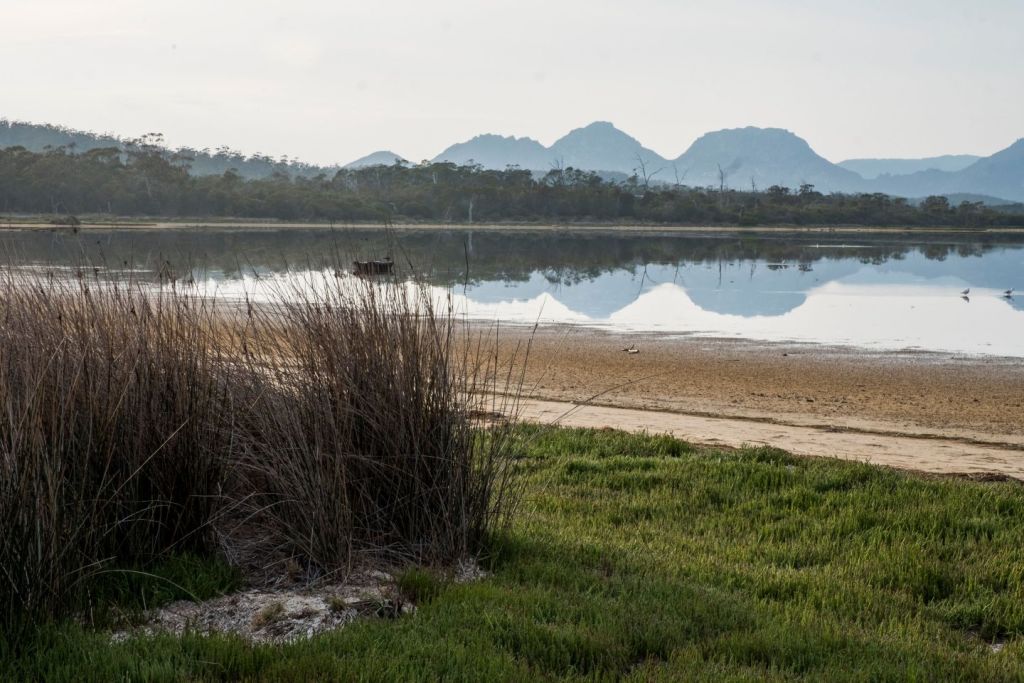
Given there’s sometimes fewer than half a dozen properties for sale, Mr Walters may just as easily turn you away as move you onto the next step of your tree change.
But even then, the next step may scare even more people off. The properties all have perpetual covenants protecting their environmental value, and those not prepared to take on pest and weed control and leave the vast majority of their land untouched will go no further.
“I wouldn’t be interested in selling to people who can’t understand the covenant and the nature conservation plan and, two, I did not feel what their desire was for the domestic situation could occur within the covenant itself,” Mr Walters said.
The covenants are strict, but they can be altered within reason to suit each buyer’s needs.
The owner of a huge nature reserve set towards Tasmania’s centre, Brett Ford, said he spent about a year negotiating the conditions of his caveat before reaching an agreement.
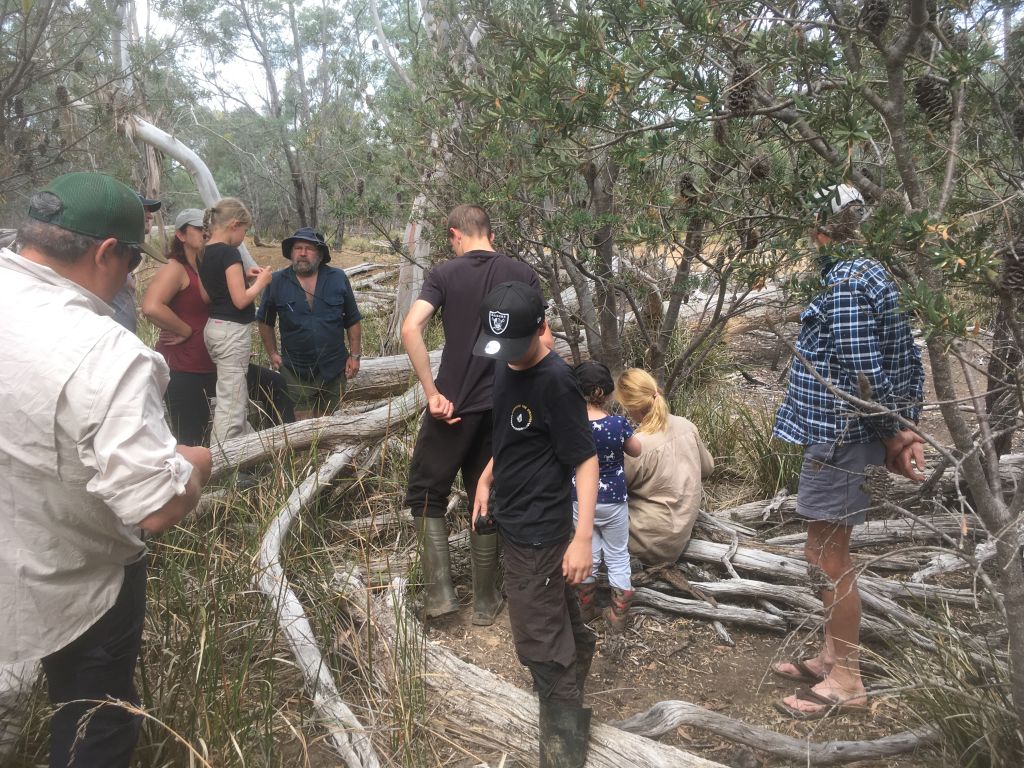
Mr Ford wanted to be able to hunt on the property, Verdwyn, and make some other small changes such as being able to collect firewood.
“[Hunting] is a hobby that we do, but in a conservationally-minded way,” Mr Ford said. “We also utilise what we harvest and try to get things in balance.”
They mainly hunt deer, an introduced pest, but also dominant groups of wallabies, the absence of which had allowed smaller populations of different wallabies to rebound, Mr Ford said.
He said helping keep the local biodiversity in balance was rewarding for his children, who had been overjoyed to find a rare beetle on the property, which prompted further investigation from experts.
“It’s not a free lunch. We actually have to manage the property,” he said. “We have to manage the weeds, too.
“The kids feel they’re influencing it. There’s noxious weeds and feral cats.
“They’re feeling self-worth and an accomplishment.”
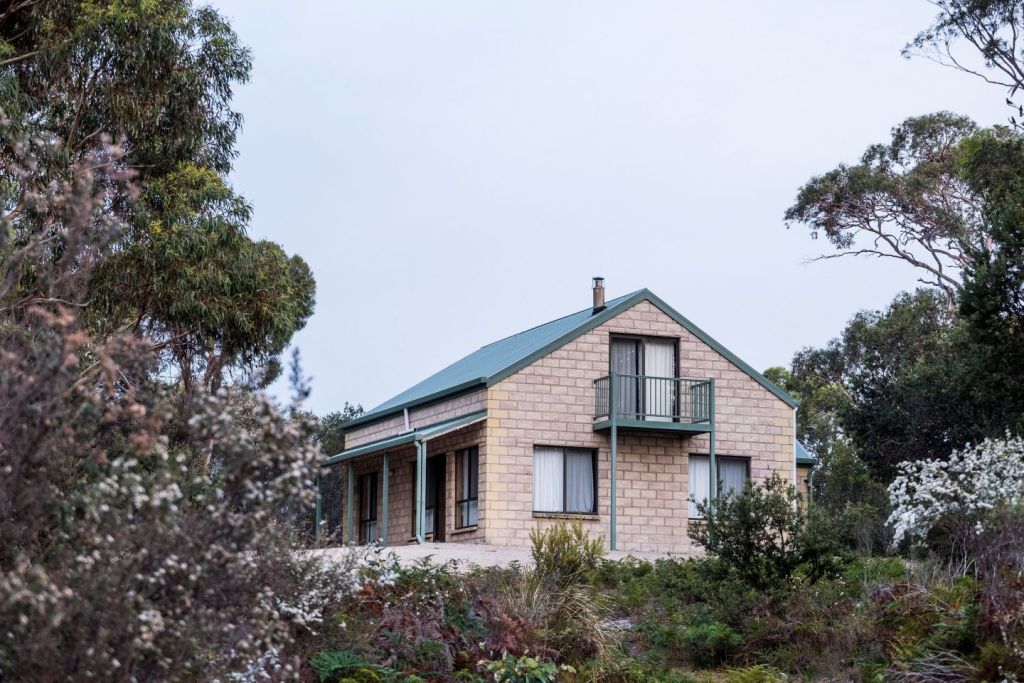
Mr Walters said the project was made possible by the organisation’s revolving fund, through which they purchased land with conservation values and then sold to committed private buyers.
“There’s no money in it, but there’s a lot of willingness to see the natural areas in Tasmania be looked after for future generations,” he said. “They think about the future and the thing they love the most about Tasmania is nature and they’re even willing to maybe take a hit on property values, because they care about that nature.”
We recommend
States
Capital Cities
Capital Cities - Rentals
Popular Areas
Allhomes
More

